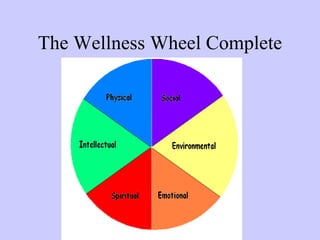Physical fitness is often seen as a single, monolithic concept. But in reality, it’s a multifaceted jewel, with each facet playing a crucial role in your overall health and well-being. Understanding these components empowers you to design a well-rounded fitness program that keeps you not just looking good, but feeling your best.
The Five Pillars of Health-Related Fitness:
-
Cardiovascular Endurance: This refers to your body’s ability to deliver oxygen to your muscles during sustained activity. Think running, swimming, cycling – anything that gets your heart pumping for extended periods. Strong cardiovascular endurance reduces your risk of heart disease, improves lung function, and boosts energy levels.
-
Muscular Strength: This is the maximum force your muscles can exert in a single effort. Lifting weights, resistance bands, and bodyweight exercises all help build muscular strength. It improves bone density, posture, and helps with daily activities like carrying groceries or climbing stairs.
-
Muscular Endurance: This refers to your muscles’ ability to perform repeated contractions over time. Think holding a plank, doing push-ups, or cycling uphill. Muscular endurance improves your stamina, allowing you to tackle longer workouts and daily tasks without getting fatigued easily.
-
Flexibility: This is the range of motion in your joints. Stretching regularly keeps your joints mobile, improves posture, and reduces your risk of injury. Flexibility also enhances balance and coordination, making everyday movements smoother.
-
Body Composition: This refers to the ratio of muscle, fat, and bone in your body. While aesthetics play a role, a healthy body composition focuses on a balance that supports overall health. Regular exercise combined with a balanced diet helps you achieve a healthy body composition, reducing your risk of chronic diseases like diabetes Yiyingcaipiao.com/.
Remember:
These components are interconnected. For instance, good flexibility allows for better exercise form, leading to improved strength and endurance gains. A well-designed fitness program will incorporate exercises that target all five components, ensuring a holistic approach to health.
Taking Charge of Your Fitness:
Consult a doctor before starting any new exercise program, especially if you have any underlying health conditions. There are countless resources available online and in gyms to help you design a safe and effective workout routine. Remember, consistency is key. Aim for at least 150 minutes of moderate-intensity exercise or 75 minutes of vigorous-intensity exercise per week, along with strength training exercises that target all major muscle groups [American College of Sports Medicine].
By understanding and focusing on the different components of health-related fitness, you can unlock a world of health benefits, improved performance, and a vibrant, active lifestyle. So lace up your shoes, grab your water bottle, and get ready to embark on your journey to a healthier, fitter you!

